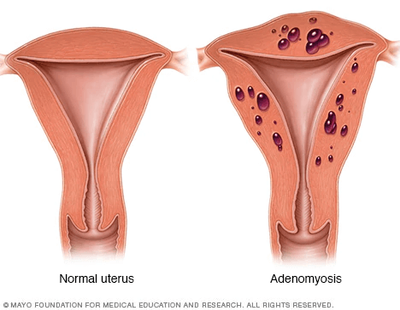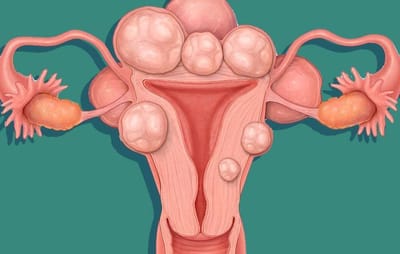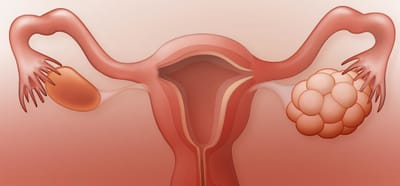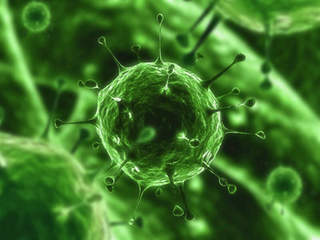Education #Infertility
Operative Hysteroscopy is the essence of minimally invasive surgery. It uses an operative camera inserted into the uterine cavity to solve problems located in there without having to resort to a hysterectomy. Beside menstrual cramping pain, it is a quick recovery with NO incisions
Read MoreAdenomyosis is a disorder that is more common than most OBGYNs and patients realize. It is often the cause of pelvic pain and heavy bleeding that can mimic endometriosis or fibroids . It is a very difficult diagnosis to treat once found.
Read MoreFibroids (AKA Leiomyoma) is a common problem that affects many woman, but negative impacts black women in a disproportionately compared to others. It tends to run in families and can cause a litany of issues including: heavy bleeding, pressure, fullness, urge to pee or poop, pain with sex, infertility, back pain, severe menstrual cramping or leg pain. Prompt diagnosis offer the hope of early intervention and treatment.
Read MorePelvic inflammatory disease or PID is an infection of the uterus, fallopian tubes and/or ovaries caused by migration of bacteria usually acquired from sexually transmitted diseases (STDs), particularly gonorrhea and chlamydia. It can lead to infertility,ectopic pregnancy,chronic pelvic pain or other serious consequences. PID is common among sexually active women; an estimated one million American women and teens experience an episode of PID each year. It causes infertility in about 100,000 women annually, as well as a significant percentage of ectopic pregnancies as a result of damage to the lining of the tube.
Read MorePolycystic ovary syndorme is a common type of hormone disorder. It causes enlarged ovaries that contain numerous cysts. Polycystic ovary disease may also lead to infertility, excess hair growth, and heavy, irregular, or absent periods. It not treated appropriately, it can also increase risk of getting diabetes mellitus or endometrial cancer. It disproportionately affects women of color more than other women. Treatments include medications and weight reduction.
Read MoreSexually transmitted diseases (STDs) are bacterial, viral, and parasitic infections that are spread by sexual activity. Females, youths, and people of minority groups have the highest incidence of sexually transmitted diseases. Sexually transmitted diseases may or may not produce symptoms, but they can have severe consequences for women, developing babies during pregnancy, and breast feeding infants. Some sexually transmitted diseases are curable. Others are not, and may result in infertility or even death. It is important to prevent the spread of STDs and to receive prompt diagnosis and treatment if you suspect that you have been exposed to one.
Read More




